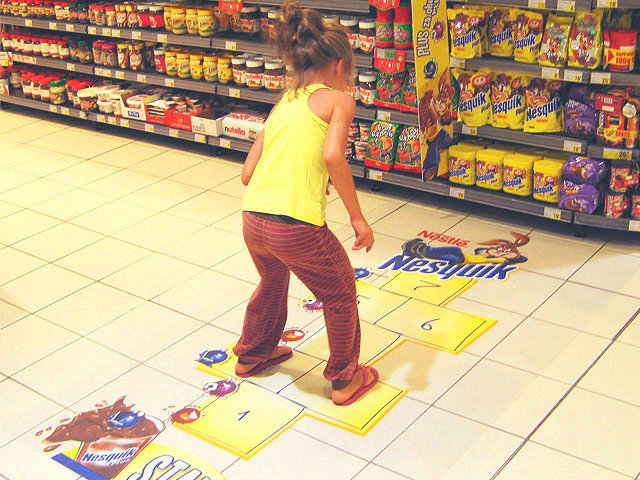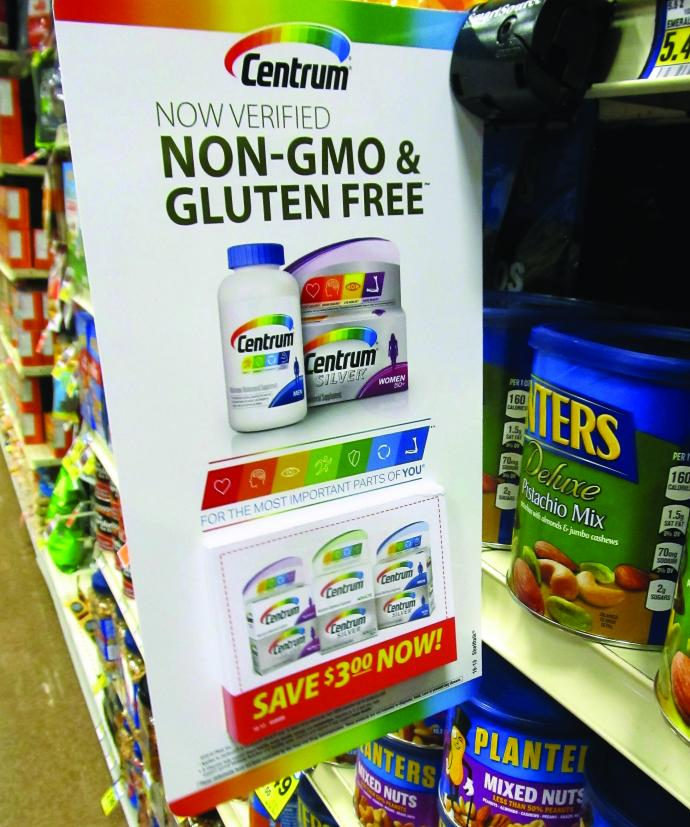
In today’s fast-paced and competitive digital marketing landscape, it’s becoming increasingly challenging for companies to distinguish themselves from the masses and establish connections with their intended audience. With so much noise and clutter in the marketplace, enterprises must discover inventive methods to capture customers’ interest and make a memorable impact.
It is where POP marketing comes in – a tactic crafted to assist businesses in breaking through the clutter and crafting an unforgettable brand encounter for their clientele.
In this blog post, we’ll explore POP marketing in detail, its advantages for business, and some of the best tips for a successful POP marketing campaign.
What Is Pop Marketing
Point of Purchase (POP) marketing is a strategy marketers and retailers use to attract customers. POP displays, such as checkout counters or end caps, are placed at the point of sale to encourage impulse purchases.
According to research by Point of Purchase Advertising International (POPAI), 82% of consumers make unplanned purchases in-store because of POP displays.
Why Use Pop Marketing
POP marketing offers several advantages to businesses looking to craft influential marketing campaigns that deeply connect with their audience, such as :
- Improves Perception Of The Brand
By creating engaging POP marketing campaigns, businesses can improve their brand perception and differentiate themselves from competitors.
When consumers see a brand that is up-to-date with current trends and culture, they are more likely to view it as relevant and modern.
It can lead to positive brand perception, ultimately driving customer loyalty and advocacy.
- Attracts Visually
It is intended to be visually appealing and eye-catching, effectively capturing consumers’ attention in a crowded marketplace.
Businesses can create displays and promotions that differentiate themselves from competitors and attract customers. Using bold colors, creative designs, and eye-catching graphics.
The goal of most buyers’ visits is obvious: they’re looking for a specific product.
More than a trim package stuffed somewhere on an aisle shelf is required to capture their attention or communicate your brand story.
- Encourages Impulse Purchases
It promotes impulse purchases. Customers are more likely to purchase when they immediately see appealing displays or signage.
For example, if a customer sees a promotion for a new product, they are likelier to try it out on the spur of the moment.
They are frequently influenced by various factors such as product placement, packaging, and promotion.
Companies can instill a feeling of immediacy and excitement by using attractive displays and signage, making customers more likely to purchase on impulse.
- Saves Advertising Costs
The costs of traditional advertising can quickly mount up. Magazines, billboards, television, and radio are all expensive advertising mediums.
However, you can reach your target audience and promote your offer for a fraction of the cost by using pop-in retail locations.
It lets you target customers when they are already in the buying mood, making it more effective and efficient.
- Gives Products Maximum Exposure
It exposes products to customers just as they are about to purchase.
Instead of cramming items on the lower shelf, strategically place them where most visitors will see them.
Place attractive point-of-purchase displays, signage, or promotions near the checkout or high-traffic areas to increase the likelihood of customers noticing and purchasing their products.
Best Tips For Point-Of-Purchase Displays
Here are some of the best tips for creating effective point-of-purchase displays:
Decide Where To Deploy Your Point-Of-purchase Displays
Determine the best location for your display to attract the most customers’ attention. POP displays are typically placed near the checkout, at the end of aisles, or in high-traffic areas. Small, inexpensive, relevant items on the counter can increase sales.
Displays of these items can also establish a designated space for customers to queue while awaiting checkout.
For example, a long checkout line and wait time can be transformed into a vast customer’s shopping experience.
While they wait, they keep their decision to buy a product and reduce the likelihood of walking out empty-handed simply because there is a long line at the register.
Provide Samples, Demos, Or Other Experiences On The Sales Floor
Give customers a hands-on experience with your product. For example, if you sell food, you could give customers samples to sample.
If you sell beauty products, you could provide makeup demonstrations. Customers can interact with the product, increasing the likelihood of a purchase.
Adding salespeople to the mix, who can recommend additional items that will add value to the initial purchase, can boost sales even further.
It gives customers the same try-before-you-buy experience, which can influence their decisions.
Optimize Your Point Of Purchase Areas To Drive More Sales
Here are some more tips for optimizing your point-of-purchase areas to drive more sales :
- Use Seasonal Themes
Use seasonal themes in your POP displays to capitalize on holidays and other events.
For example, a winter-themed display can promote cozy products like blankets and hot cocoa, while a summer-themed display can feature beach gear and outdoor activities.
- Create A Sense Of Urgency
Employ time-sensitive deals and promotions to instill a feeling of urgency and motivate customers to purchase.
For example, you could offer a discount or gift to customers who purchase from your POP display within a specific timeframe.
- Use Social Proof
Use social proof to establish credibility and motivate. Customers to make a purchase.
You can include customer reviews or ratings on your POP display or feature images of satisfied customers using your products.
Leverage Cross-selling
Use your POP display to promote complementary products to the customer’s purchasing item.
For example, a jewelry store sells earrings, necklaces, and bracelets, and items that complement each other in appearance can be arranged together on the same point-of-purchase (POP) display.
You might also consider showcasing jewelry cleaner and storage on the same fixture to entice customers to buy add-on products they may have yet to consider.
It makes it easier for customers to find products they can buy together, which increases their average purchase amount.
Build An App For Customers To Use In-store
Consider developing a mobile app for customers to use while shopping at your store.
Customers could use the app to get more product information, order items for pickup, or get exclusive discounts. You can include several functions, such as:
Offering deals to customers in-store, such as Target’s Cartwheel app. Creating loyalty through rewards And gamifying the shopping experience by allowing customers to earn points), such as Starbucks’ app.
Discover how to design your customer loyalty program—giving customers a simple and easy way to provide feedback and talk about their experience, as Render Coffee does.
Some Examples Of Pop Displays
Here are some of the best examples of point-of-purchase (POP) displays:
- End Cap From Kitkat
An end cap is a display at the end of an aisle.
KitKat chose this method because it is eye-catching and saves customers from going down the aisle to see their products.

- Floor Graphics From Nesquik
By placing floor graphics, brands can draw customers’ attention as they walk down an aisle.
Nesquik was able to reach children, their primary target audience, by creating floor graphics in the form of a game.
The game was placed directly in front of the products so customers could take them without looking for them.

- Shelf Talker From Centrum
A shelf talker is a product promotion sign on an aisle shelf. Centrum, a multivitamin brand, is a good example.
The company’s handling tag can attract attention and educate customers about its products.
This advertisement displays available coupons and informs viewers that these products are gluten-free and non-GMO.

Conclusion
Please understand why POP marketing is essential and how to use it to your advantage. Whether a small business or a large corporation, these tips can help you create effective POP displays that drive customer engagement and growth.
If you have any doubts about POP marketing or want to learn more about it, feel free to get in touch. We will be happy to help you.
Thanks for reading








No Comments